Seafood Feast
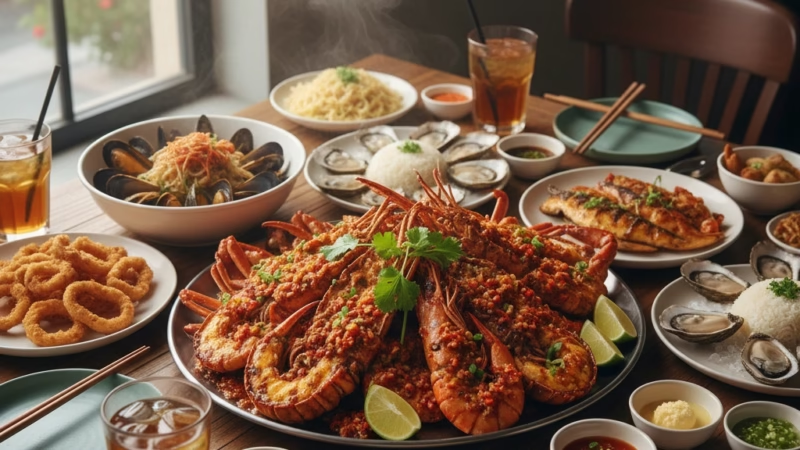
Malaysian food
Seafood Feast
Origin
Coastal regions worldwide; especially popular in Southeast Asia, North America, and Europe.
Category
Seafood platter / Mixed seafood dish / Festive meal
Appearance
A colorful assortment of seafood—crab, lobster, shrimp, mussels, clams, and sometimes fish—served on a large platter with lemon wedges, herbs, and sauces.
Ingredients
- Crustaceans: crab, lobster, shrimp
- Mollusks: mussels, clams, oysters
- Fish fillets (optional)
- Seasonings: garlic, butter, herbs, spices, lemon
- Accompaniments: dipping sauces (cocktail sauce, aioli, garlic butter), vegetables
Preparation
- Boil, steam, grill, or bake seafood depending on type
- Season individually or with combined sauces
- Served hot on a communal platter or in a bucket-style presentation
Equipment
- Large pot or steamer
- Grill or oven
- Serving platter or seafood bucket
- Tongs, shellfish crackers, seafood forks
Variations
- Cajun-style seafood boil
- Mediterranean seafood platter with olive oil and herbs
- Asian-style seafood feast with soy sauce, ginger, chili, and lemongrass
- Mixed shellfish platter or focused lobster/shrimp platter
Taste
Savory, slightly sweet, enhanced by seasonings and sauces
Texture
Combination of tender, firm, and succulent depending on seafood type
Aroma
Fresh oceanic scent with notes of garlic, butter, and herbs
Sound
Sizzling when grilled, steam popping, and shell cracking adds to the dining experience
Cultural Significance
Represents celebration, abundance, and communal dining; popular for festivals and family gatherings
Symbolism
Hospitality, prosperity, and festive indulgence
Regional Cuisine
Coastal cuisines worldwide: Southeast Asia, New England (USA), Mediterranean, Scandinavian regions
Social Context
Communal and interactive meal; shared among family and friends, often with shell-cracking rituals
Nutritional Information
High in protein, low in carbohydrates; rich in omega-3 fatty acids, vitamins, and minerals
Health Benefits
Supports heart and brain health; provides essential nutrients
Dietary Restrictions
Not suitable for those with shellfish allergies; some preparations may be high in cholesterol or sodium
Allergens
Shellfish, sometimes fish, and dairy (butter-based preparations)
Cost
Varies depending on seafood type and location; from moderate to premium pricing
Production
Sourced from wild-caught or farmed seafood; often locally sourced for freshness
Sustainability
Best sourced from certified sustainable fisheries to reduce environmental impact
Availability
Available in seafood restaurants, coastal resorts, and markets; seasonal variations may apply
History
Seafood feasts have existed for centuries as communal and celebratory meals, adapting to local seafood availability and culinary traditions
Anecdotes
Popular in Cajun-style U.S. seafood boils and Southeast Asian communal seafood gatherings, often tied to festivals and family celebrations
How to Prepare
- Select fresh seafood (crab, shrimp, mussels, clams, lobster).
- Clean and pre-cook as needed.
- Boil, steam, grill, or bake with preferred seasonings.
- Arrange on a platter with lemon, herbs, and sauces.
- Serve immediately with tools for cracking shells and dipping.
FAQ
Q: Can this be made vegetarian?
A: Yes, substitute seafood with vegetables, tofu, or mushrooms for a “seafood-style” feast.
Q: How long does it stay fresh?
A: Best eaten immediately; cooked seafood can be stored 1–2 days in the fridge.
Q: Is it suitable for large groups?
A: Absolutely; ideal for communal dining and celebrations.


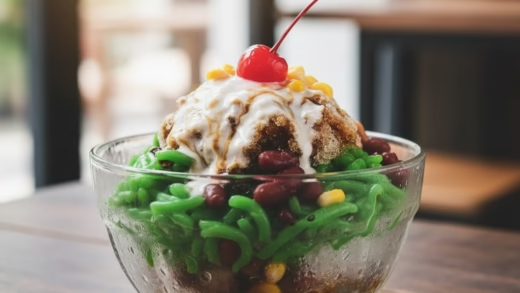
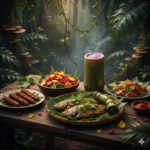


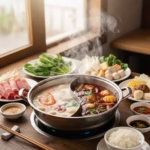
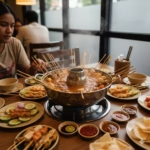
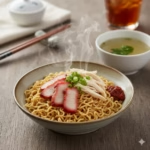

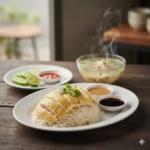
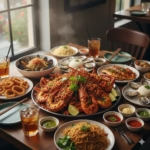
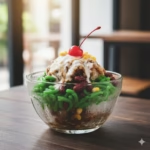


Comments are closed.